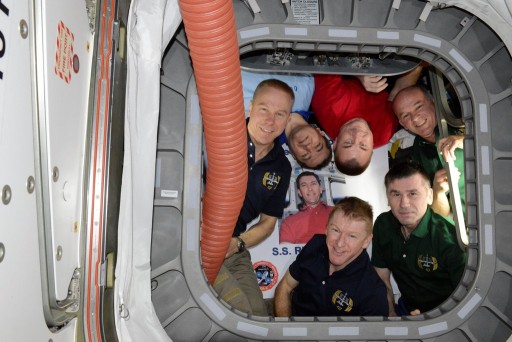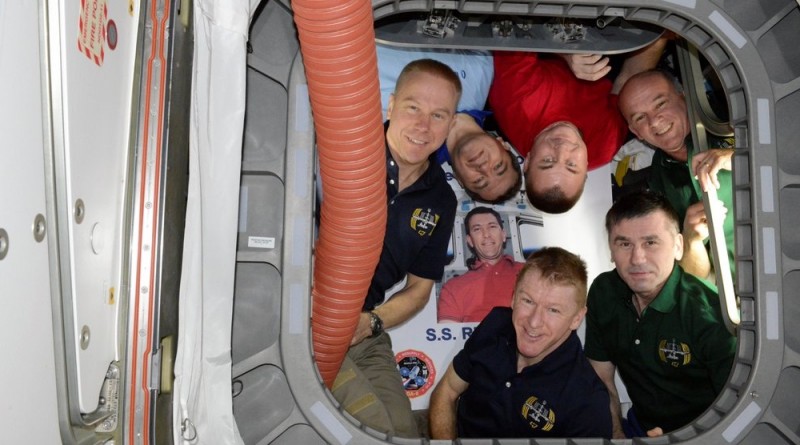ISS Operations Update – March 30, 2016

Experiments:
Fine Motor Skills [Fine Motor Skills uses a tablet touchscreen application to monitor degradation in fine motor abilities over the course of an extended exposure to microgravity. A drop in fine motor skills can lead to problems when crew members are tasked with medical treatment, repairing sensitive equipment and interacting with touch-based equipment. Tests utilized by this study include multidirectional pointing, dragging, shape tracing, and object manipulation to create a knowledgebase that will allow scientists to evaluate the risk of fine motor performance decrements due to long-duration exposure to microgravity.]
Integrated Resistance and Aerobic Training Study (Sprint) [This study evaluates a high-intensity, low-volume exercise protocol to minimize the loss of muscle, bone and cardiovascular function but also minimizing the time spent with daily exercise. To asses the protocol, crew members conduct regular measurements of VO2max, heart rate (HR) response to submaximal exercise and ventilatory threshold. Monthly ultrasounds of the thigh and calf are used to evaluate spaceflight-induced changes in the muscle volume. Post-flight data on muscle and bone mass is compared to pre-flight measurements and to data from control subjects that use the regular exercise protocol.]
Cardio Ox – Sample Collection, Ultrasound Scans, Blood Pressure Measurements[„The purpose of this study is to measure levels of biomarkers in blood and urine that are affected by oxidative and inflammatory stress before, during, and after long duration spaceflight and relate them to the risk of developing atherosclerosis.“ (NASA)]
Dose Tracker [Dose Tracker uses logs kept by crew members on the frequency of medication intake before, during and after a mission also with regards to side effect qualities frequencies and severities. This data is needed to address theories of medication ineffectiveness during flight and unusual side effects experienced in the flight environment.]
Japanese Experiment Module (JEM) Exposed Facility Unit (EFU) Adapter, Global Positioning System (GPS)/Wheel Demo Unit: Installation of high rate data link to the Ethernet converter for the EFU Adapter, Kibo Airlock Depressurization
Seismoprognoz Data Download [Seismoprognoz will measure the temporal and spatial scales of ionospheric disturbances caused by seismic phenomena in order to develop algorithms to detect plasma features of earthquakes and anthropogenic impacts from space-based instruments. The payload consists of an external monoblock, a Data Control and Acquisition Module, an attachment kit, flash memory and associated cables and connectors.]
ENERGY Experiment Hardware Gather [Energy = Astronaut’s Energy Requirements for Long-Term Space Flight – Human Research Payload. ENERGY measures changes in energy balance during long term space flight, adaptations in the components of the Total Energy Expenditure and it will derive an equation for the energy requirements of astronauts. For the crew members, ENERGY includes a special diet, urine sampling, oxygen uptake measurements and diet logging.]
Interactions Experiment [‘Vzaimodeistviye’ (Interactions) looks at psychological aspects of long duration space flight during which different cultures come together aboard a Spacecraft such as ISS and seeks to improve crew interactions aboard ISS and with teams on the ground.]
Systems/Maintenance:
Nominal Inspections/Servicing Tasks (Morning Inspection, Caution & Warning Panel Check, Sozh System Maintenance) (Russian Crew)
Cycle Ergometer with Vibration Isolation & Stabilization (CEVIS) Maintenance
PAO Event
Progress M-29M Undocking Photography
Soyuz Equipment Recharge

